Hiking & Mule Riding My Way Through Arizona’s Grand Canyon [Photo Essay]
Well, sites don’t get named one of the 7 Wonders of the Natural World for nothing, as you’ll see in these Grand Canyon photos — although nothing compares to experiencing a place in person.
Truly, no Arizona travel guide would be complete without mentioning this incredible attraction. The Grand Canyon of the Colorado River is made up of tens of thousands of gorges, all coming together to form one enormous canyon, according to the Grand Canyon National Park service. It was the mighty Colorado River that cut through and sculpted the rock layers, creating the otherworldly scenery we have today. While the uppermost rocks feature sediment from ancient seas, swamps, and deserts, the oldest rocks down below were formed within the earth. In total, it is believed the Grand Canyon is not even 6 million years old, with the exposed rocks aged at a few hundred million years. Interestingly, the South Rim is shorter than the North Rim, 7,129 feet (2,173 meters) vs 8,500 feet (2,591 meters). While we may not know the exact age of the Grand Canyon, one thing is for sure: It is home to incredible views and some of the best hikes in the world and is a top pick when it comes to adventure travel destinations.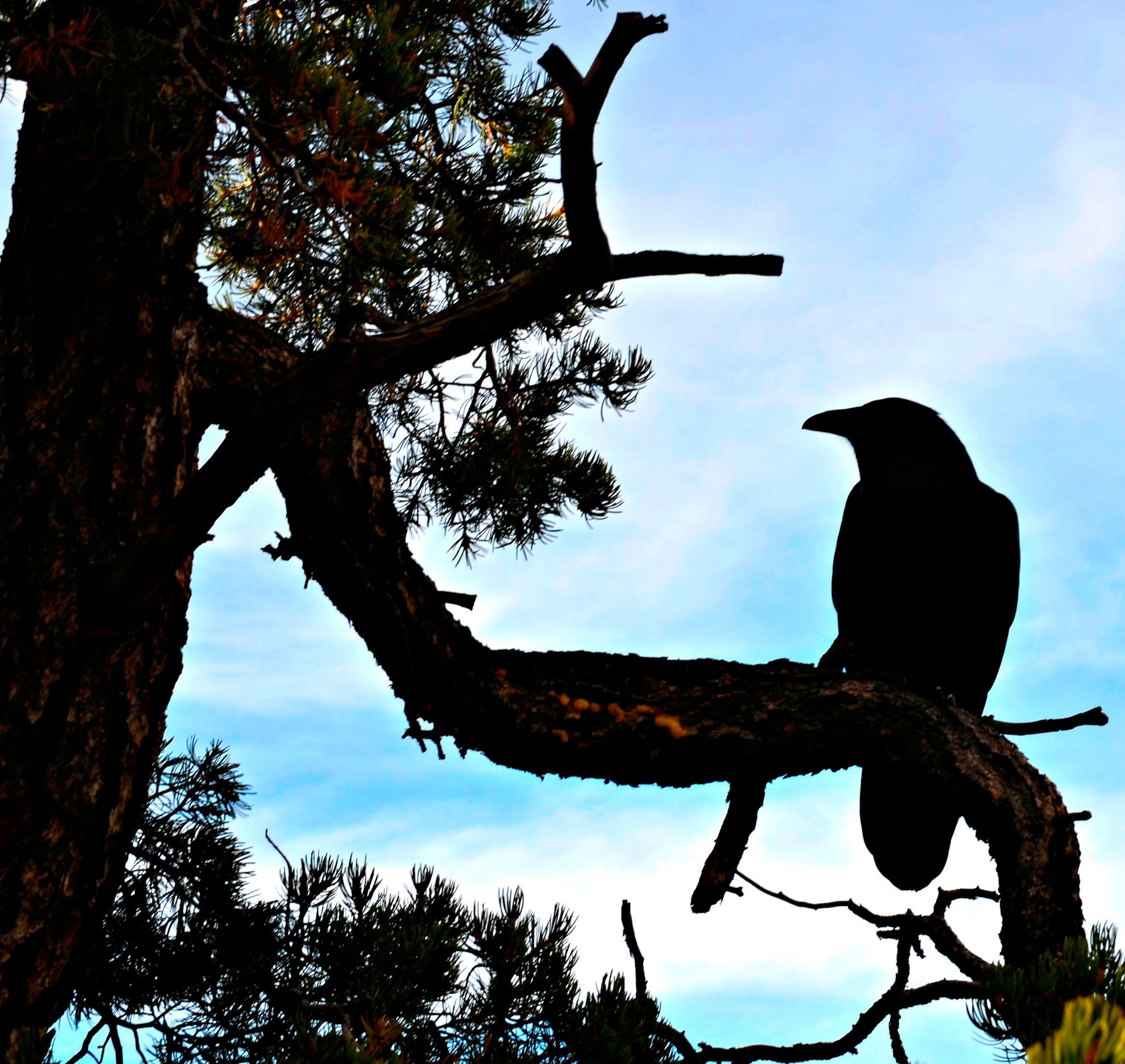
Bird watching along the Grand Canyon’s South Rim. Some species you may encounter include the Pinyon Jay, California Condor, Bald Eagle, Peregrine Falcon and the Mexican Jay. Here, we have a Raven. Photo courtesy of Jessie on a Journey.
Grand Canyon Recommendations:
If you do have only one day, I recommend starting at the Visitor Center and hiking along the paved Rim Trail, stretching for 14 miles (22 kilometers) and offering grand views of the Canyon from over the rim. Most of the path is wheelchair accessible, and you’ll find bathrooms and water fountains along popular sections. Some lookout vistas I hit include to Mather Point, Yavapai Point and Geology Museum, Pipe Creek Vista, South Kaibab Trailhead and Yaki Point. The South Kaibab Trailhead is worth noting, as it takes you down into the Grand Canyon. While this hike takes two days — it goes all the way down to the Colorado River, beginning at 7,200 feet/2,195 meters in elevation — you should do part of it to go below the Rim. There are various points along the way you can hike to, such as Ooh Aah Point (1.8 miles/2.9 kilometers; moderate), Cedar Ridge (3 miles/4.8 kilometers; difficult) and Skeleton Point (6 miles/9.6 kilometers; very difficult).
Wildlife spotting along the Grand Canyon’s South Rim. Here, a giant elk. Photo courtesy of Jessie on a Journey.
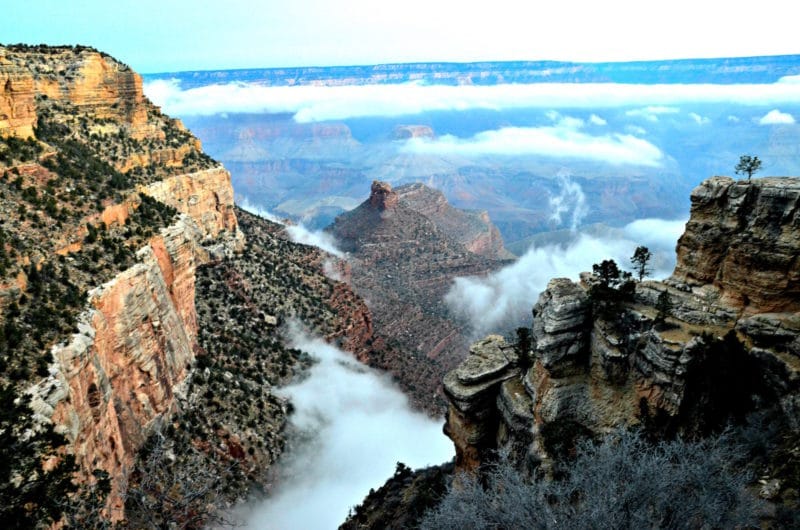
A Grand Canyon sunrise over the South Rim, taken near the Bright Angel Trailhead. Photo courtesy of Jessie on a Journey.
- Did you know a mule is a cross between a female horse and a male donkey? If the sexes are reversed, you’ll get a “hinny,” which are a lot more stubborn and uncomfortable to ride. Apparently, mules offer the best traits of horses and donkeys, and are known for being sure-footed, friendly and having great peripheral vision.
- Yucca plants were used by certain Native American groups for a variety of purposes, from making shoes to fishing poles.
- Certain Native American groups used juniper berries for medicinal purposes, as they help people throw up when necessary (unlike modern man who instead used these poisonous berries to get drunk, as in by making gin).
- At it’s widest section the Grand Canyon stretches 18 miles (29 kilometers), although the average is 10 miles (16 kilometers). It’s about 6,000 feet (1800 meters) deep.
- When hiking, it’s important to watch out for a local pink rattlesnake that blends in with the Grand Canyon’s rosy hue. While I didn’t see any, I definitely can imagine how scary it would be to accidentally step on one while hiking.

Wandering down into the Grand Canyon via the South Kaibab Trail. Photo courtesy of Jessie on a Journey.
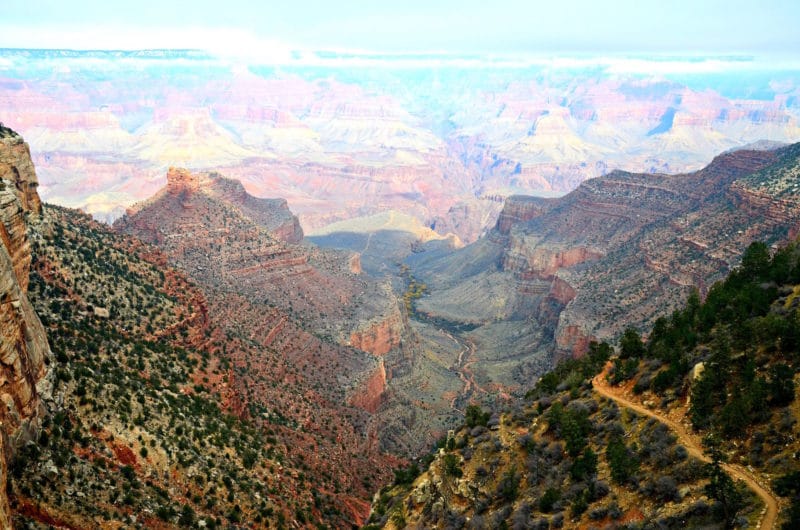
Descending into the Grand Canyon via the Bright Angel Trail. If I could re-do the trip, I would have spent more time on this trail. Photo courtesy of Jessie on a Journey.
Keep in mind, hiking in the Grand Canyon isn’t something to take lightly. Safety precautions must be taken. For those who think I’m exaggerating, read this story about how Boston Marathon runner Margaret Bradley died from inadequate food and water supplies while trail running at the Canyon. When hiking in the Grand Canyon — especially into the Grand Canyon, via trails like Bright Angel and South Kaibab — keep the following tips in mind, which I learned from the National Park Service while exploring the attraction myself:
- Hydration is one of the most important things to think about, and a minimum of 1 gallon of water is necessary.
- In terms of food, eat double the amount of calories you usually would. Salty snacks like pretzels, jerky, sardines, nuts and trail mix work best, as they replenish the salt lost through sweat. Sugary snacks, on the other hand, can make you crash.
- Don’t get too close to wildlife. Not only is it irresponsible to feed and touch wildlife — you’re making them dependent and un-afraid of humans, negatively influencing their natural instincts — but if an animal gets aggressive they could hurt you.
- Study the maps and trail information sheets given to you when you enter the park, as they’ll tell you where water, restrooms and food areas are available, as well as the length and difficulty level of each trail.
- Don’t hike to the Colorado River and back in one day. While it’s not impossible, it’s extremely strenuous and you may find yourself in a precarious situation. Yes, even if you’re in a good shape. Instead, apply for a Backcountry Permit and do the trek over two days. This is recommended regardless, as you can experience camping inside the Canyon.
- Sunscreen, a hat, a safety whistle, proper hiking attire, and a headlamp/flashlight in case you get caught on the trails after dark should all be in your pack.
Have you visited the Grand Canyon? Please share your experiences and recommendations in the comments below.
Featured Product: Jessie on a Journey Grand Canyon Tote Bag
Click on the image for more details. Mugs, phone cases, laptop skins and other accessories are also available with this print.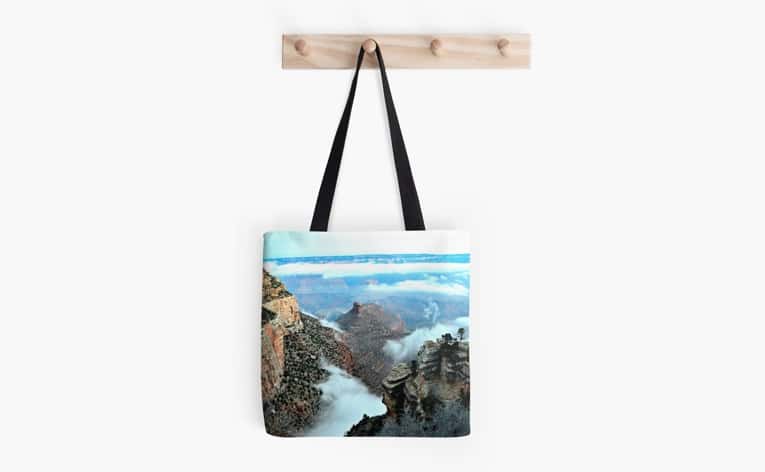
Also Check Out:
Travel Photo: Pigs Swimming In Azure Caribbean Waters California Adventure: Hiking The Otherworldly Landscapes Of Joshua Tree National Park [Photo Essay] Discover New York: A Day Trip Escape To Bear Mountain [Photo Essay]
Hi, I’m Jessie on a journey!
I'm a conscious solo traveler on a mission to take you beyond the guidebook to inspire you to live your best life through travel. Come join me!

Want to live your best life through travel?
Subscribe for FREE access to my library of fun blogging worksheets and learn how to get paid to travel more!

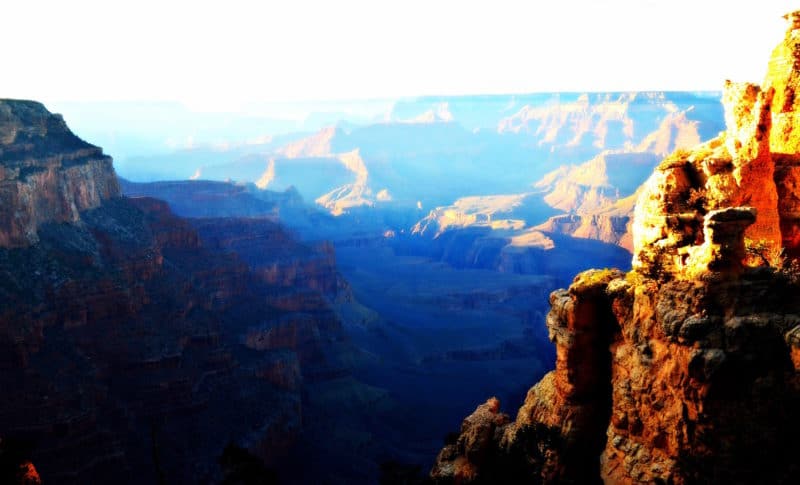
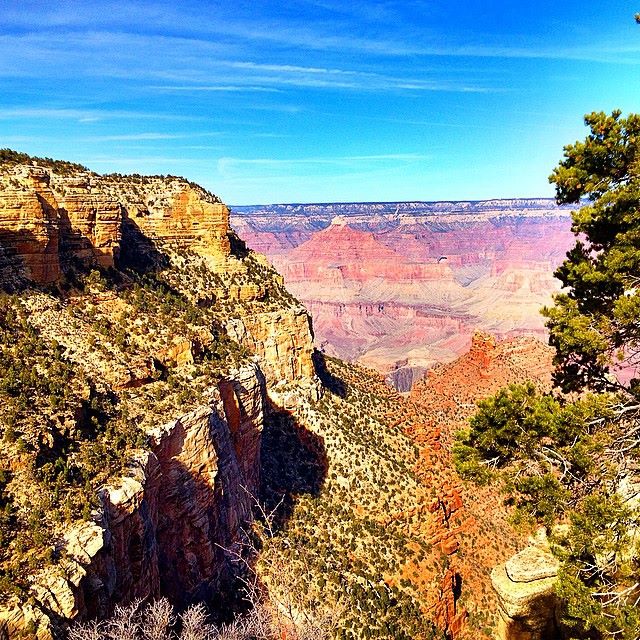
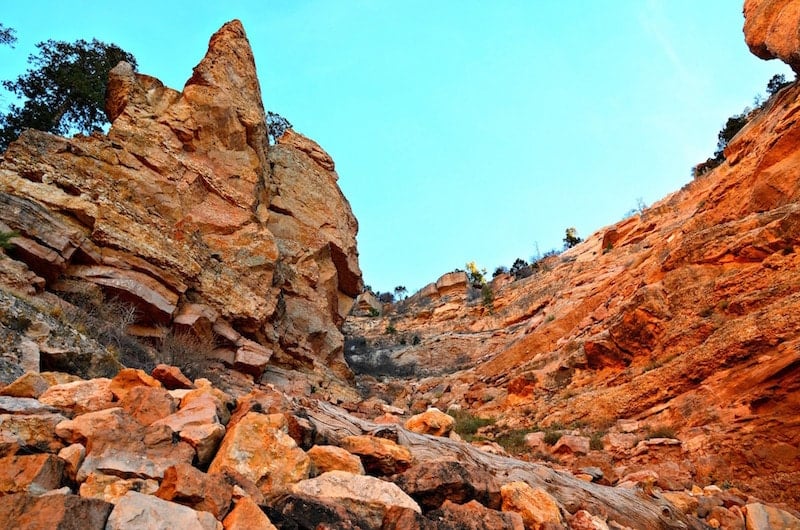

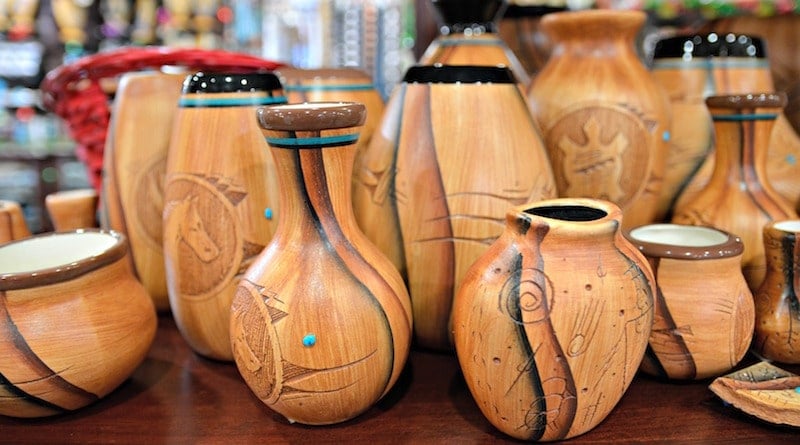

Nice blog, and this content is fantastic, and the photos seem superb.
Excellent article; the content is amazing, and the pictures seem excellent.
ARIZONA’S GRAND CANYON is a fantastic place to make a vacation